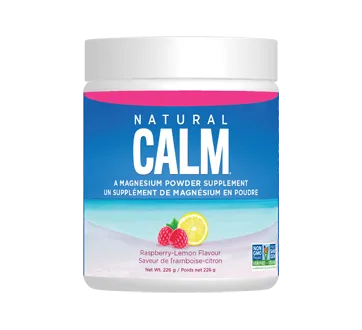Paleo (Caveman) Diet
Paleo eliminates grains, legumes, processed sugar and most sources of dairy.
The main foods permitted on the paleo diet include:
- Meat and fish
- Eggs
- Nuts and seeds
- Fruits
- Vegetables — except corn, which is a grain
- Selected fats and oils, such as coconut oil, olive oil, avocado oil, lard, tallow, ghee/butter
- Minimally processed sweeteners, including raw honey, maple syrup, coconut sugar, raw stevia
Keto Diet
Ketosis is the metabolic state in which your body uses calories from fat, instead of carbs, to create the energy needed to carry out its normal functions
Here is the macronutrient breakdown:
- Fat: 65-90%
- Protein: 10-30%
- Carbohydrates: less than 5%
When your body starts using fat as its main fuel source due to limited access to glucose, or blood sugar, typically caused by starvation, fasting, or following a very low carb diet.
Many cells in the body prefer using glucose for fuel. When your body doesn’t have enough glucose to power these cells, levels of the hormone insulin decrease, causing fatty acids to be released from body fat stores in large amounts.
Many of these fatty acids are transported to the liver, where they’re oxidized and turned into ketones. These are then used as an alternative energy source throughout the body.
--
Both Paleo and Keto diets emphasize eating only whole foods, meaning a minimal amount of processing.
Both diets cut out any grains or legumes.
Paleo because they believe these contain anti-nutrient compounds, such as lectins and phytates, that can be found in some plant-based foods. They interfere with your body’s ability to absorb minerals and nutrients and may cause digestive distress.
Keto Diet eliminates grains and most legumes, but this is because they contribute a significant amount of carbs to the diet. If you eat them while following the keto diet, you risk throwing your body out of ketosis.
Because grains, refined sugars and legumes aren’t permitted, the carb sources on the paleo diet are somewhat limited but not eliminated. Paleo still allows carbs from groups of whole foods such as fruits, vegetables and unrefined sweeteners.
Conversely, the keto diet restricts all rich sources of carbohydrates, including starchy vegetables, most fruits, grains, sweeteners and most legumes.
Both diets cut out Sugar
While both diets eliminate any processed foods that may contain sugars. The Paleo does allow unrefined sources like honey and syrup while Keto does not allow any sugars due to the high carb content.
Both push for Healthy Fats
Heavily processed fats, such as trans-fats are not allowed, but selected refined oils, such as olive and avocado oils, as well as nuts, seeds and fish as well as avocado and other good fats are part of the diet.
Both may be effective for Weightloss
Which one is Healthier?
In a side-by-side comparison, the paleo diet is a healthier option for most people.
Paleo allows for more flexibility of food choices and more options for obtaining the wide array of nutrients your body needs on a daily basis. It also encourages an overall healthy lifestyle.
Freedom within food choices makes paleo easier to maintain long-term with less potential to be socially isolating.
Keto is more difficult to maintain because of the strict compliance needed to achieve ketosis. It requires careful planning and can be less adaptable to varied social situations.
Mediterranean Diet
The Mediterranean Diet follows the eating patterns of some of the countries in the region including: Greece, Italy, Southern France, Spain, and parts of the Middle East. It focuses on flavorful ingredients like vegetables, fruits, legumes, whole grains, seafood, nuts, seeds, and olive oil. Animal products, like dairy and eggs, are enjoyed in moderate amounts. Even a moderate amount of red wine is encouraged.
On the other hand, red meat, refined grains, added sugars, and ultra-processed foods are discouraged.
The research has shown that this eating pattern has many health benefits, such as promoting heart health, supporting brain function, stabilizing blood sugars, and more. r
How is the Mediterranean Diet different from Paleo?
Compared with the Mediterranean diet, the paleo diet is stricter. It calls for complete avoidance of grains, legumes, and dairy. Foods like tubers, fish, poultry, red meat, nuts, and seeds are encouraged instead.
As such, the paleo diet cuts out many nutritious foods. Dairy, whole grains, and legumes are not inherently unhealthy — in fact, they contain important nutrients like calcium, vitamin B12, iron, magnesium, zinc, and protein, to name a few.
These nutrients are important in preventing and managing disease. Depending on where you live, these foods can be easy to access and afford.
On the other hand, whole grains and legumes are strongly promoted on the Mediterranean diet. Dairy products, like yogurt and cheese, are enjoyed in moderate amounts. Finally, red meat like beef and pork are discouraged, though not restricted.
The paleo diet can include lard, coconut oil, and butter as cooking oils, in addition to avocado and olive oil. The Mediterranean diet discourages saturated fats like lard, coconut oil, and butter.
What diet is the Best?




